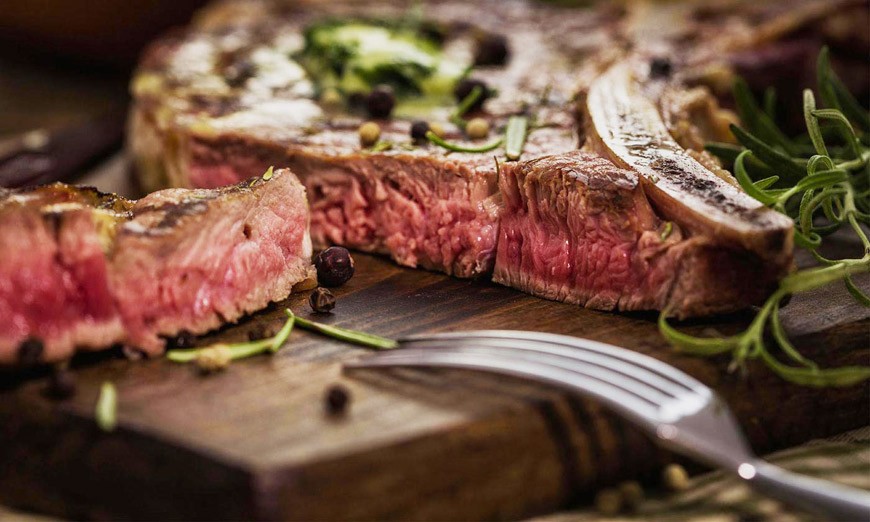PLASTIC AND WOODEN CUTTING BOARDS
Research by: Dean O. Cliver, Ph.D
We began our research comparing plastic and wooden cutting boards after the U.S. Department of Agriculture told us they had no scientific evidence to support their recommendation that plastic, rather than wooden cutting boards be used in home kitchens. Then and since, the U.S. Department of Agriculture’s Meat and Poultry Inspection Manual (official regulations) and the U.S. Food and Drug Administration’s 1999 Food Code (recommended regulations for restaurants and retail food sales in the various states of the U.S.) permit use of cutting boards made of maple or similar close-grained hardwood. They do not specifically authorize acceptable plastic materials, nor do they specify how plastic surfaces must be maintained.
Our research was first intended to develop means of disinfecting wooden cutting surfaces at home, so that they would be almost as safe as plastics. Our safety concern was that bacteria such as Escherichia coli O157:H7 and Salmonella, which might contaminate a work surface when raw meat was being prepared, ought not remain on the surface to contaminate other foods that might be eaten without further cooking. We soon found that disease bacteria such as these were not recoverable from wooden surfaces in a short time after they were applied, unless very large numbers were used. New plastic surfaces allowed the bacteria to persist, but were easily cleaned and disinfected. However, wooden boards that had been used and had many knife cuts acted almost the same as new wood, whereas plastic surfaces that were knife-scarred were impossible to clean and disinfect manually, especially when food residues such as chicken fat were present. Scanning electron micrographs revealed highly significant damage to plastic surfaces from knife cuts.
Although the bacteria that have disappeared from the wood surfaces are found alive inside the wood for some time after application, they evidently do not multiply, and they gradually die. They can be detected only by splitting or gouging the wood or by forcing water completely through from one surface to the other. If a sharp knife is used to cut into the work surfaces after used plastic or wood has been contaminated with bacteria and cleaned manually, more bacteria are recovered from a used plastic surface than from a used wood surface.
…….
Full TExt: http://faculty.vetmed.ucdavis.edu/faculty/docliver/Research/cuttingboard.htm

